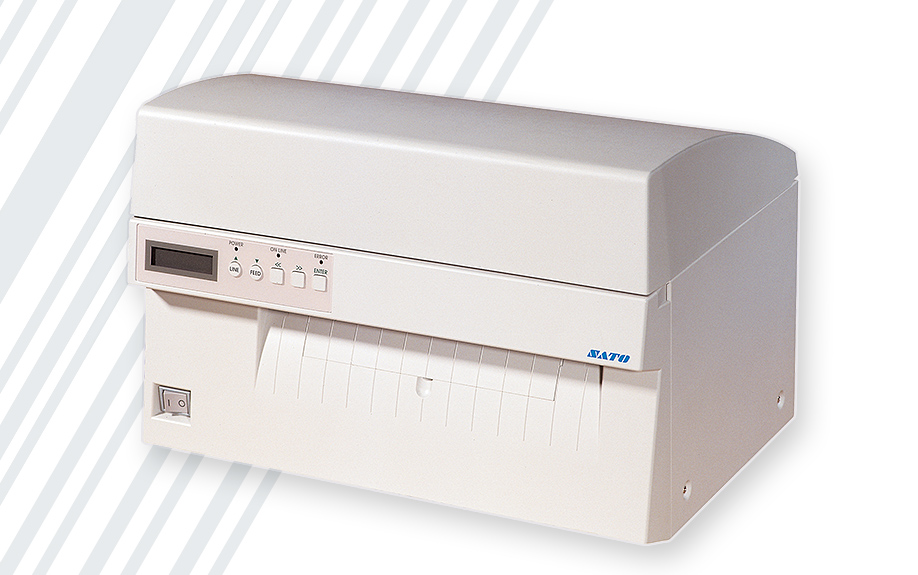
Recognize the clinical manifestations of a transient ischemic attack (TIA). The extensive neurologic examination will help guide therapy and the choice of interventions.ģ. Assess factors related to decreased cerebral perfusion and the potential for increased intracranial pressure (ICP). Neurologic deficits of a stroke may include loss of gag reflex or cough reflex thus, airway patency and breathing pattern must be part of the initial assessment.Ģ. Assess airway patency and respiratory pattern. The following is a nursing assessment guide for this cerebrovascular accident (stroke) nursing care plan.ġ. As always, please individualize your nursing care plans and choose interventions appropriate to your client. Also, note that some treatment modalities are different for ischemic and hemorrhagic stroke.

Interventions for this diagnosis include ways to decrease the risk of cerebral perfusion related to stroke or transient ischemic attack. Patient will display no further deterioration/recurrence of deficits.Patient will demonstrate stable vital signs and absence of signs of increased ICP.Patient will maintain usual/improved level of consciousness, cognition, and motor/sensory function.Nursing DiagnosisĬommon risk factors for this nursing diagnosis: The goals for this nursing diagnosis include decreasing the risk of ineffective cerebral tissue perfusion. Risk for Ineffective Cerebral Tissue Perfusion Still, when writing nursing care plans, follow the format here. Nursing assessment and nursing interventions are listed in bold and followed by their specific rationale in the following line. NOTE: This nursing care plan is recently updated with new content and a change in formatting. Risk for Ineffective Cerebral Tissue Perfusion.Listed below are 12 nursing diagnoses for stroke ( cerebrovascular accident) nursing care plans: Nursing care should also include measures to prevent complications. Care revolves around efficient continuing neurologic assessment, support of respiration, continuous monitoring of vital signs, careful positioning to avoid aspiration and contractures, management of GI problems, and monitoring of electrolyte and nutritional status. The primary nursing care plan goals for patients with stroke depend on the phase of CVA the client is in. During the acute phase of CVA, efforts should focus on survival needs and prevent further complications. Hemorrhagic CVA is caused by other conditions such as a ruptured aneurysm, hypertension, arteriovenous (AV) malformations, or other bleeding disorders. An embolic CVA occurs when a clot is carried into cerebral circulation and causes a localized cerebral infarct. The most common vessels involved are the carotid arteries and those of the vertebrobasilar system at the base of the brain.Ī thrombotic CVA causes a slow evolution of symptoms, usually over several hours, and is “completed” when the condition stabilizes. Thrombosis, embolism, and hemorrhage are the primary causes of stroke, with thrombosis being the leading cause of both CVAs and transient ischemic attacks (TIAs).

However, about half of those who survived a stroke remain disabled permanently and experience the recurrence within weeks, months, or years.
#SMART LABEL PRINTER S11 FULL#
The sooner the circulation returns to normal after a stroke, the better the chances are for a full recovery. It is the sudden impairment of cerebral circulation in one or more blood vessels supplying the brain. This pathology either causes hemorrhage from a tear in the vessel wall or impairs the cerebral circulation by partial or complete occlusion of the vessel lumen with transient or permanent effects. What is Cerebrovascular Accident (CVA) or Stroke?Ĭerebrovascular accident (CVA), also known as stroke, cerebral infarction, brain attack, is any functional or structural abnormality of the brain caused by a pathological condition of the cerebral vessels of the entire cerebrovascular system. Know about the nursing interventions for stroke, assessment, goals, and related factors of each nursing diagnosis and care plan. Included in this guide are 12 nursing diagnoses for stroke ( cerebrovascular accident) nursing care plans.


 0 kommentar(er)
0 kommentar(er)
